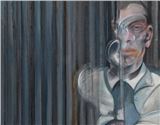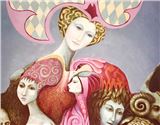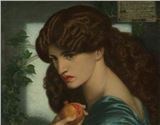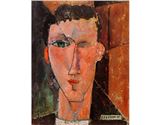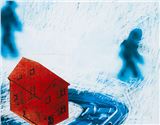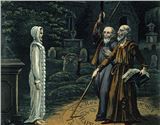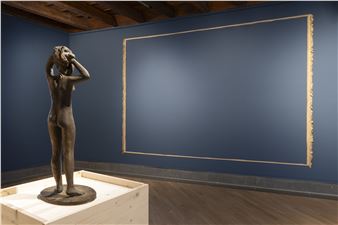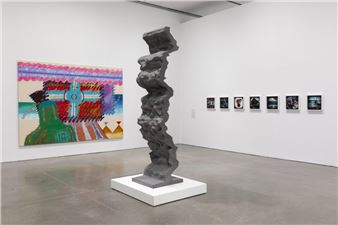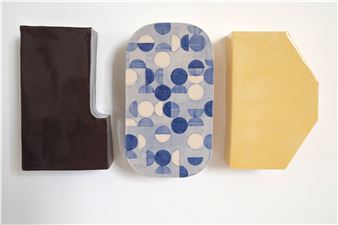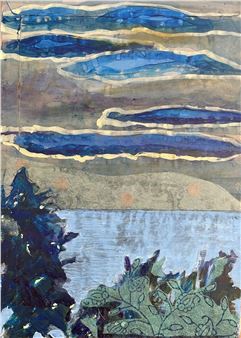Radical Software. Women, Art & Computing 1960–1991
Radical Software: Women, Art & Computing 1960-1991 surveys the history of digital art from a feminist perspective, focusing on women who worked with computers as a tool or subject and artists who worked in an inherently computational way.
Comprising more than 100 works by fifty artists from fourteen countries, it spans a period from the first years of integrated circuit computing in the 1960s to the "microcomputer revolution," which led to the birth of home computing in the 1980s. During these three decades, the computer migrated from the laboratory to private, domestic space. A principally analogue exhibition about digital art, the works on display precede the rise of the World Wide Web and the proliferation of digital information and images that ensued and dramatically reshaped the way artists work to this day. This same period is also referred to as the second wave of feminism, an era that popularised an (albeit incomplete) idea of gender equality.
Quotations from the artists used in the exhibition are sourced from a series of interviews that are published in the exhibition catalogue.

Recommended for you
Radical Software: Women, Art & Computing 1960-1991 surveys the history of digital art from a feminist perspective, focusing on women who worked with computers as a tool or subject and artists who worked in an inherently computational way.
Comprising more than 100 works by fifty artists from fourteen countries, it spans a period from the first years of integrated circuit computing in the 1960s to the "microcomputer revolution," which led to the birth of home computing in the 1980s. During these three decades, the computer migrated from the laboratory to private, domestic space. A principally analogue exhibition about digital art, the works on display precede the rise of the World Wide Web and the proliferation of digital information and images that ensued and dramatically reshaped the way artists work to this day. This same period is also referred to as the second wave of feminism, an era that popularised an (albeit incomplete) idea of gender equality.
Quotations from the artists used in the exhibition are sourced from a series of interviews that are published in the exhibition catalogue.
Artists on show
- Agnes Denes
- Alison Knowles
- Analivia Cordeiro
- Anna Bella Geiger
- Anne-Mie van Kerckhoven
- Barbara Buckner
- Barbara Hammer
- Barbara T. Smith
- Beryl Korot
- Betty Danon
- Bia Davou
- Channa Horwitz
- Charles Jeffries Bangert
- Charlotte Johannesson
- Colette Bangert
- Dara Birnbaum
- Deborah Remington
- Dominique Gonzalez-Foerster
- Doris Chase
- Elena Asins Rodríguez
- Grace C. Hertlein
- Gretchen Bender
- Gudrun Bielz
- Hanne Darboven
- Inge Borchardt
- Irma Hünerfauth
- Isa Genzken
- Joan Truckenbrod
- Katalin Ladik
- Katherine Nash
- Liliane Lijn
- Lillian Schwartz
- Lily Greenham
- Lynn Hershman Leeson
- Miriam Schapiro
- Monique Nahas & Hervé Huitric
- Nina Sobell
- Rebecca Allen
- Rosemarie Trockel
- Ruth Leavitt
- Ruth Schnell
- Samia A. Halaby
- Sonia Sheridan
- Sonya Rapoport
- Sylvia Roubaud
- Tamiko Thiel
- Ulla Wiggen
- Valie Export
- Vera Molnár
Related articles
“Radical Software Women, Art & Computing 1960–1991” is the first exhibition to survey the pioneering role of women in digital art, with over 100 works by fifty artists from fourteen countries.
In another year eclipsed by right-wing politics and apathetic art, nine Spike trustees separate global culture’s wheat from its chaff.
Until the 1960s, the word computer indicated a worker—often a woman—who entered calculations into a mainframe.
By choosing to focus only on female pioneers in art and technology, Radical Software at Mudam Luxembourg misses the bigger picture.

 ARTISTS
ARTISTS
